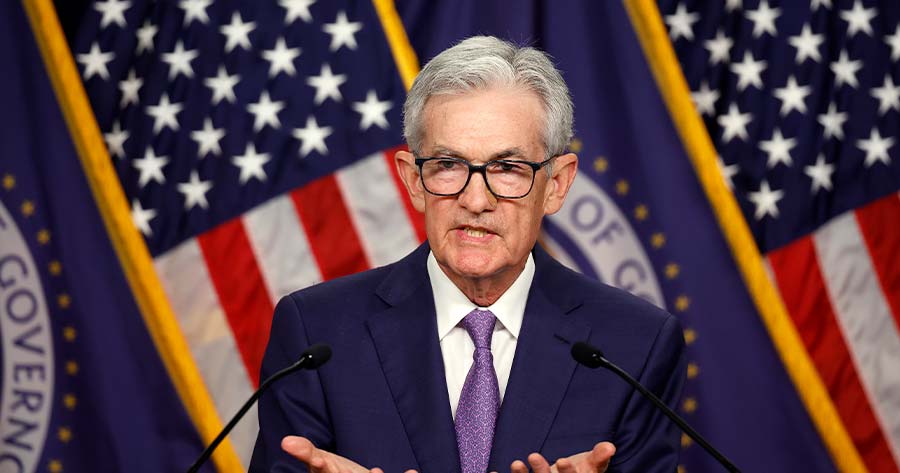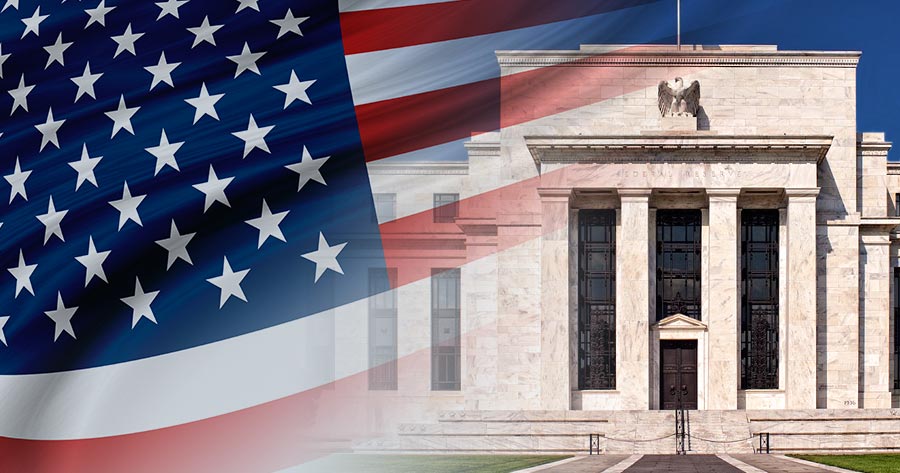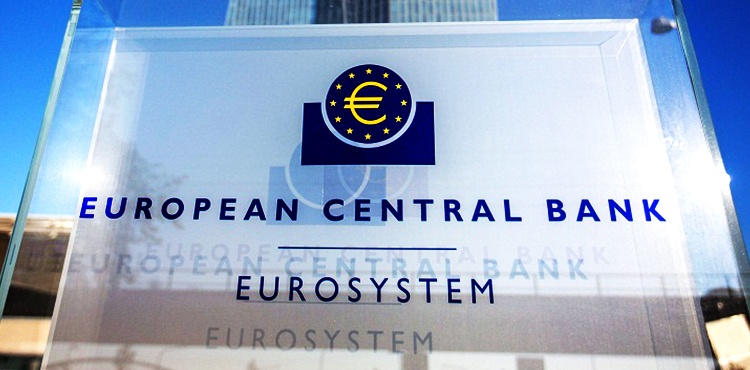The persistent inflation seen in the recent report has prompted a shift in market predictions regarding Federal Reserve interest rate reductions until at least September this year.
Earlier, there were expectations for a possible rate cut in June, with some anticipating another before the year’s end. However, futures markets have now pivoted to indicate that the Federal Reserve will not make any rate changes until the fall, with only a minimal chance of further cuts before the end of 2025.
In his testimony before the House Financial Services Committee, Fed Chair Jerome Powell highlighted the significant progress made on the inflation front since its peak but emphasized that the job is not complete. “We want to keep policy restrictive for now,” Powell stated, as the central bank continues its pursuit of a 2% inflation target. The latest report showed stagnant progress toward this goal, dimming hopes for further policy easing.
Market pricing now indicates that the probability of a second rate cut by the end of 2025 stands at a mere 31.3%, with another reduction not anticipated until late 2026. The current target range for the federal funds rate is 4.25%-4.5%, reflecting the Fed’s commitment to its restrictive policy amid ongoing inflationary challenges.
Year-over-year, the consumer price index (CPI) climbed 3.0%, marking the largest escalation since June 2024, after a 2.9% rise in December. This growth surpassed the projections of economists, who predicted a 0.3% monthly advancement and a 2.9% increase annually.
The Labor Department’s Bureau of Labor Statistics revealed a 0.5% rise in the consumer price index for January, marking the most significant surge since August 2023. This follows a 0.4% increase in December.





